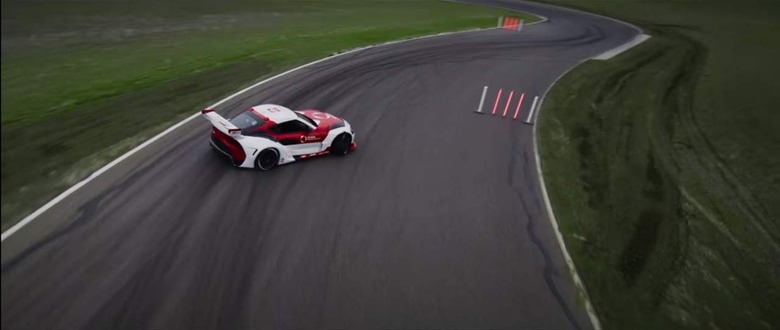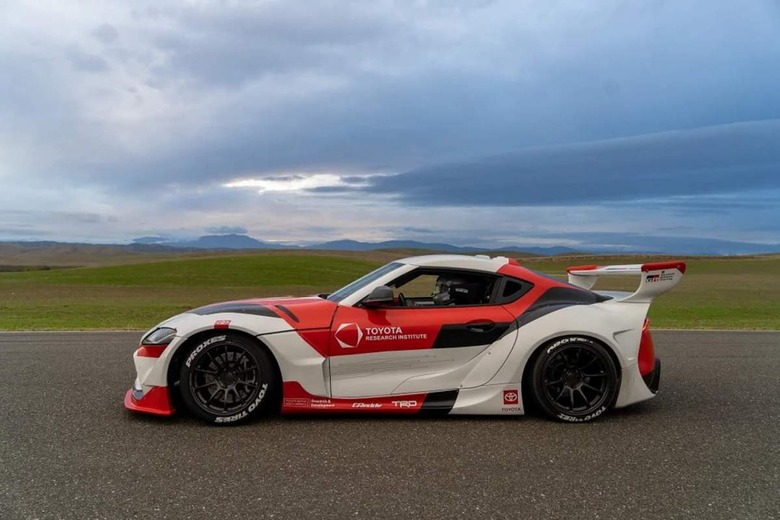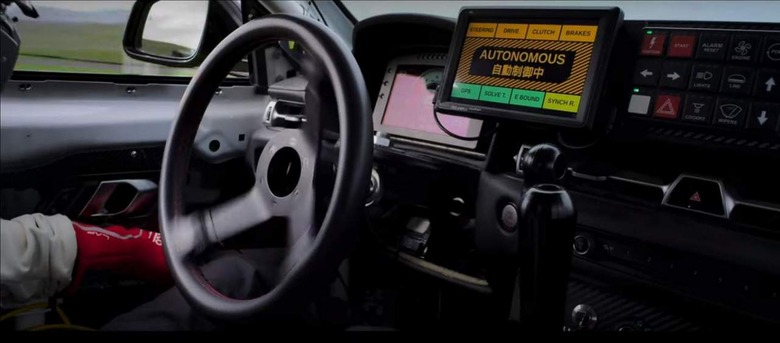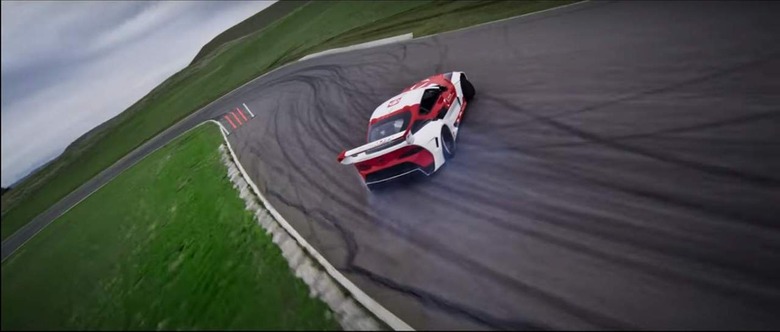Watch Toyota's Outrageous Self-Driving Supra Drift Car Go Sideways
As the automotive community awaits the dawn of a fully autonomous, self-driving car, the Toyota Research Institute (TRI) has other things in mind. Care for a self-drifting vehicle, specifically a new Supra with Toyota's Nonlinear Model Predictive Control (NMPC) autonomous drifting technology?
The genius minds at TRI successfully pre-programmed a Supra to drift autonomously around a closed track, and it looks mind-boggling in action. It looks fun and all, but the overall focus is to help drivers utilize controlled drifting to avoid obstacles or other road hazards – like driving on a dreaded black icy road.
"Through this project, we are expanding the region in which a car is controllable, with the goal of giving regular drivers the instinctual reflexes of a professional race car driver to be able to handle the most challenging emergencies on the road," said Avinash Balachandran, Senior Manager of TRI's Human Centric Driving Research.

The idea started a year ago when TRI and the Dynamic Design Lab at Stanford University began to brainstorm new levels of active safety to prevent crashes and fatalities. Working together with drift legend Ken Gushi and Japanese aftermarket tuning expert GReddy, the brainiacs developed new software that builds upon the skills of an expert driver. "At TRI, our goal is to use advanced technologies that augment and amplify humans, not replace them," added Balachandran.

Toyota's nonlinear Model Predictive Control (NMPC) software develops a control scheme that combines vehicle dynamics and drifting-specific techniques. The system enables the test car to "skid controllably" and avoid obstacles without driver intervention.
The car in question is a heavily modified Toyota GR Supra with an updated engine, chassis, transmission, and suspension. It's also fitted with a roll cage and a fire suppression system like Formula Drift cars. After tinkering for a whole year, the team brought the car to Thunderhill Raceway Park in Willows, California, to conduct experimental test runs.

Other modifications include computer-controlled steering, throttle, sequential transmission, and individual wheel braking. TRI further adds the NMPC controller runs on an x86 computer, while a 250 Hz RTK-GNSS-aided INS system transmits vehicle information to the blokes with laptops.

Toyota continues to push the boundaries of next-level automotive technology with its self-drifting Supra. In April 2021, the automaker built an internal combustion engine that runs on hydrogen. Next, it fitted the engine in a race-prepped Toyota Corolla Hatchback to compete at the 2021 Super Taikyu 24 Hour Endurance Series, making it the only entry that burns hydrogen instead of plain ol' fossil fuel.

And by December, Toyota unveiled a GR Yaris with a hydrogen-burning 1.6-liter turbocharged three-cylinder mill. Can we expect a self-drifting, hydrogen-powered Supra or GR Yaris from Toyota soon? Probably not, but the exciting combination of a clean-burning powerplant and self-drifting software equates to a whole lot of fun on the road – or racetrack, for that matter.
